
The Portuguese inventions are the inventions created by the people born in Portugal (continent or overseas), or whose nationality is Portuguese. These inventions were created mainly during the age of Portuguese discoveries, and during modernity.
Relying on trade secret explains, in part, the difficulty often experienced by researchers[3] in documenting Portuguese inventions, as many are not described in patent documents, or other technical documents. On the other hand, there are cases, like some types of swords, where the inventions themselves or the underlying documents were lost, having been destroyed, for example, during the French invasions. There are as well documentation and objects of Portuguese origin in private collections or museums outside of Portugal.[4]
Discoveries
The creation of new inventions in Portugal was at its peak during the Age of Discovery. These inventions consisted mainly in the improvement of devices and techniques of ocean navigation and coastal cartography, such as the mariner's astrolabe and the chart of latitudes. On the field of military applications, the construction of cannons and new types of swords, like the Carracks black sword.
Modernity
More recently, the technical domain varies from computers to medicine. Such examples might be Via Verde, an automatic system for collecting tolls for vehicles; the Multibanco, an automatic teller machine network with a multitude of functions ranging from bank transfers to the payment of tickets for shows;[5] or in the field of medicine, a treatment of epilepsy, the drug Zebinix by Bial Laboratories.[6]
Gallery of Portuguese inventions
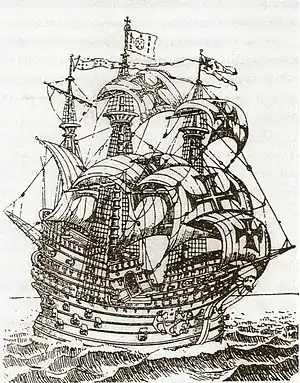 Carrack (Nau) – the Oceanic Carrack (a new and different model, and largest carrack)
Carrack (Nau) – the Oceanic Carrack (a new and different model, and largest carrack) Galleon – the Oceanic Galleon
Galleon – the Oceanic Galleon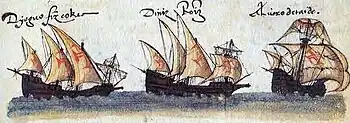 Square-rigged caravel – Round caravel. The most enduring and replicated model of the ships with this name, and predecessor of other ships of the range.
Square-rigged caravel – Round caravel. The most enduring and replicated model of the ships with this name, and predecessor of other ships of the range.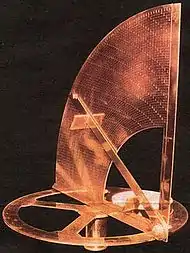 The nonius
The nonius

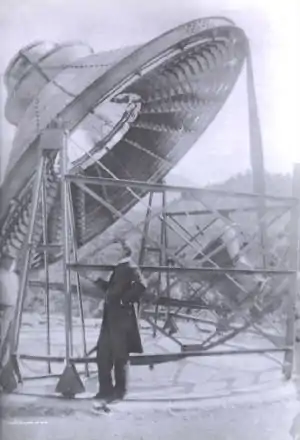 The Pyreliophorus
The Pyreliophorus


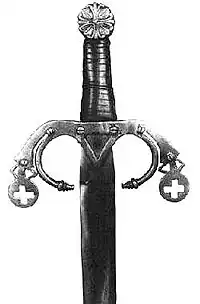
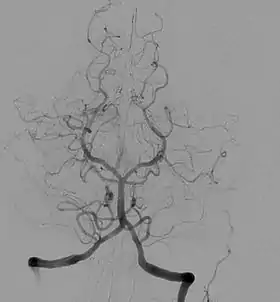
 The Via Verde toll collection system
The Via Verde toll collection system- The All-on-4 dental method
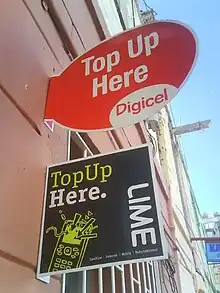


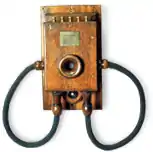
See also
Notes
- ↑ "A Caravela" [The Caravel]. www.CienciaViva.pt (in Portuguese). Ciência Viva [Living Science]. 2002. Archived from the original on 24 April 2003. Retrieved 3 December 2011.
- ↑ Wilford, John Noble (4 June 1985). "Columbus's ships: a quest for facs in time for 1992". The New York Times. Retrieved 3 December 2011.
- ↑ Daehnhardt, Rainer (1997). Homens Espadas e Tomates. Rua Maria, 48-3º - 1170 Lisbon: Publicações Quipu. p. 255. ISBN 972-8408-01-3. Archived from the original on 19 March 2012. Retrieved 8 September 2011.
{{cite book}}: CS1 maint: location (link) - ↑ Robert Bud, Deborah Jean Warner (1998). Instruments of Science: An Historical Encyclopedia. p. 36. ISBN 0-8153-1561-9 – via Google Books.
- ↑ "Multibanco português é dos mais avançados do mundo". www.SIBS.pt (in Portuguese). Sociedade Interbancaria de Serviços S.A. Archived from the original on 27 September 2007. Retrieved 19 December 2006.
citing Portuguese newspaper Semanário Económico in its 27 October 2006 edition: "A qualidade do sistema português de máquinas Automated Teller Machine (ATM) é reconhecida em qualquer ponto do globo, não só pela modernidade dos equipamentos como pela enorme quantidade de funcionalidades disponíveis." [The quality of the Portuguese system is recognised anywhere in the globe, not only for the modernity of its equipments, but also for the enormous amount of functionalities available.]
- 1 2 "Community register of medicinal products for human use: Exalief". EC.Europa.eu. European Commission.
- ↑ "PT Foundation > Home > History and Heritage > PT's History > Historical Equipment > Detail > Herrmann wall telephone". www.Fundacao.Telecom.pt. Fundação PT. 2013. Archived from the original on 22 November 2015.
